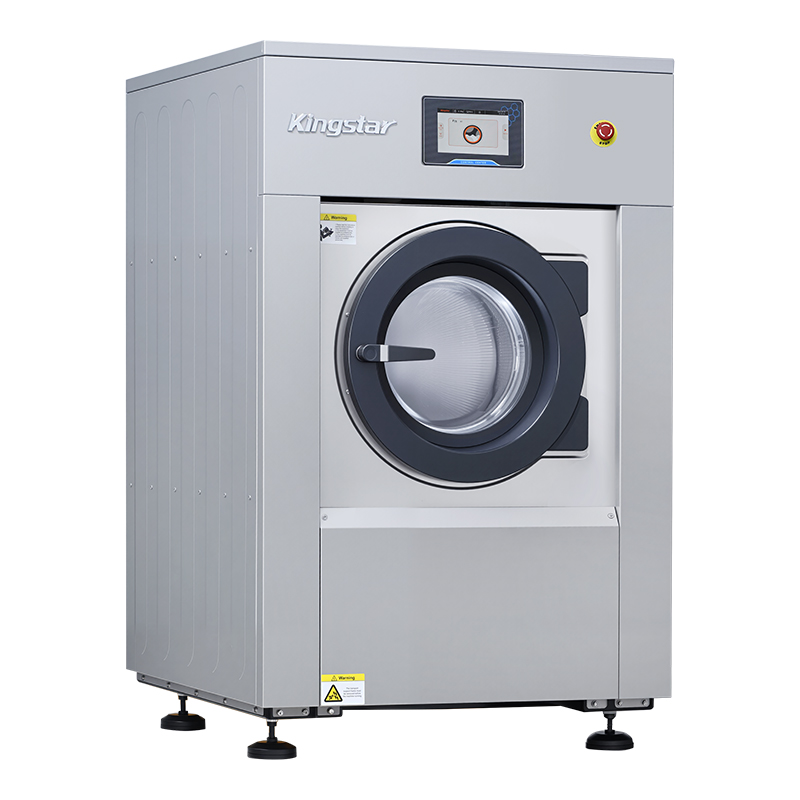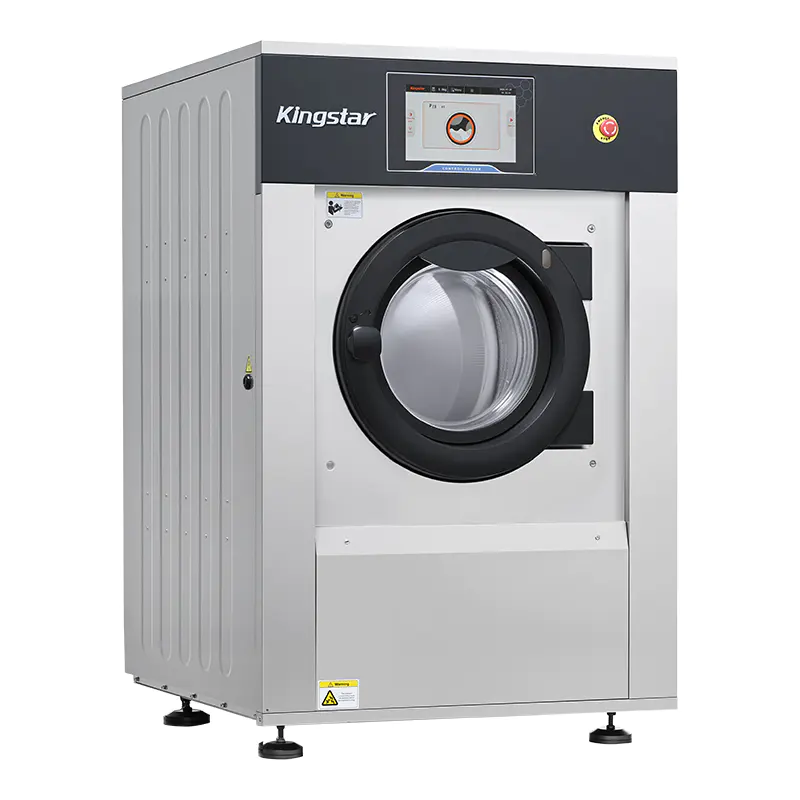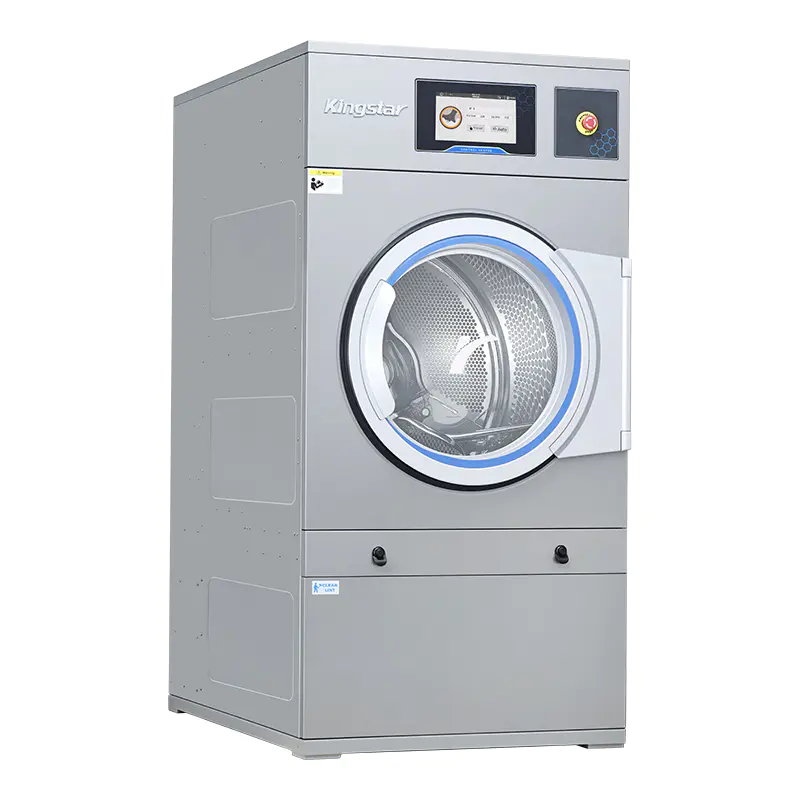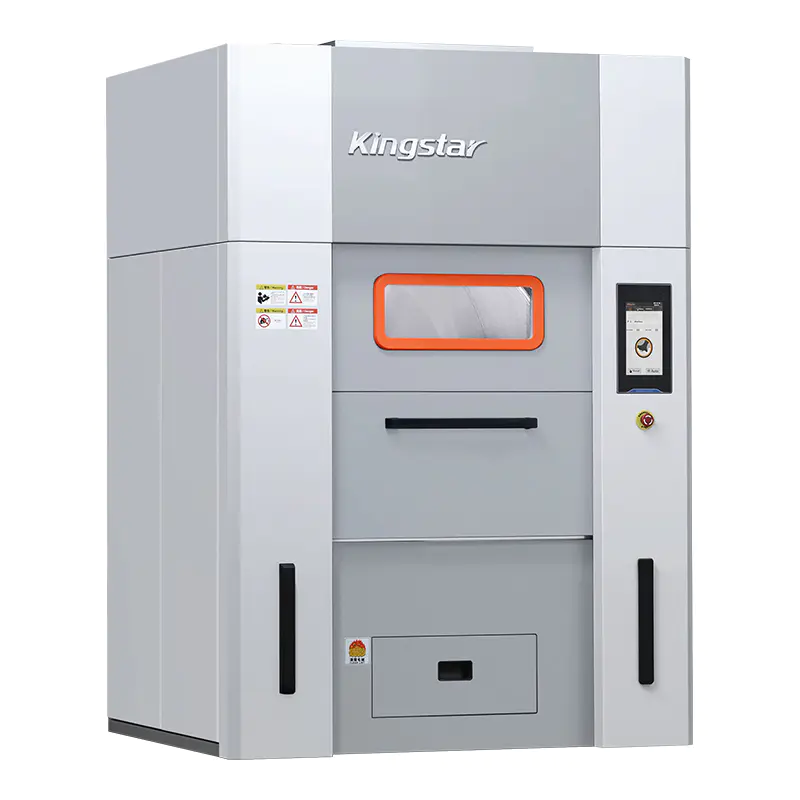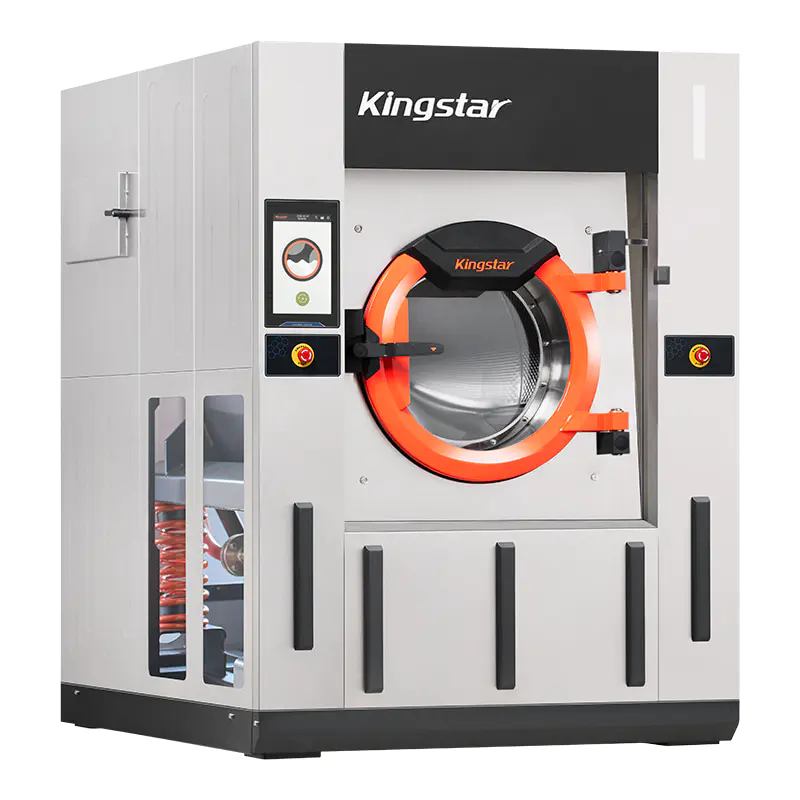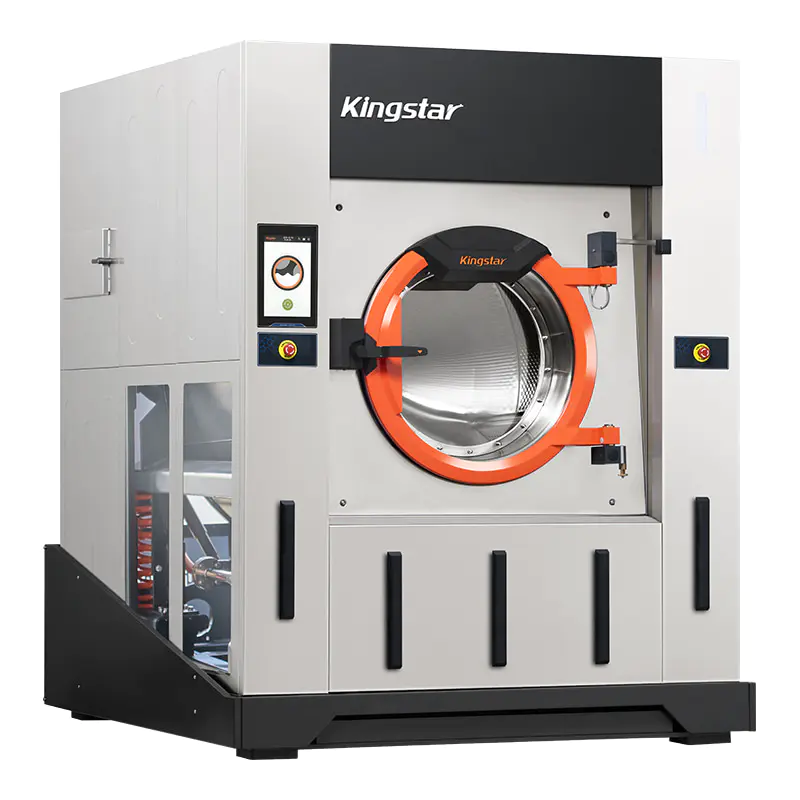
What are the advantages of industrial forward tilting dryer over vertical dryer?
Design and Structural Differences
Industrial forward tilting dryers and vertical dryers differ significantly in their design and structural layout. Forward tilting dryers have a horizontally oriented drum that can be tilted forward for loading and unloading materials, while vertical dryers have a vertically positioned chamber where materials are fed from the top. The forward tilting mechanism allows for easier access to the drum, reducing manual labor during material handling. This structural difference also affects airflow patterns, heat distribution, and material movement within the dryer, influencing both drying efficiency and operational convenience.
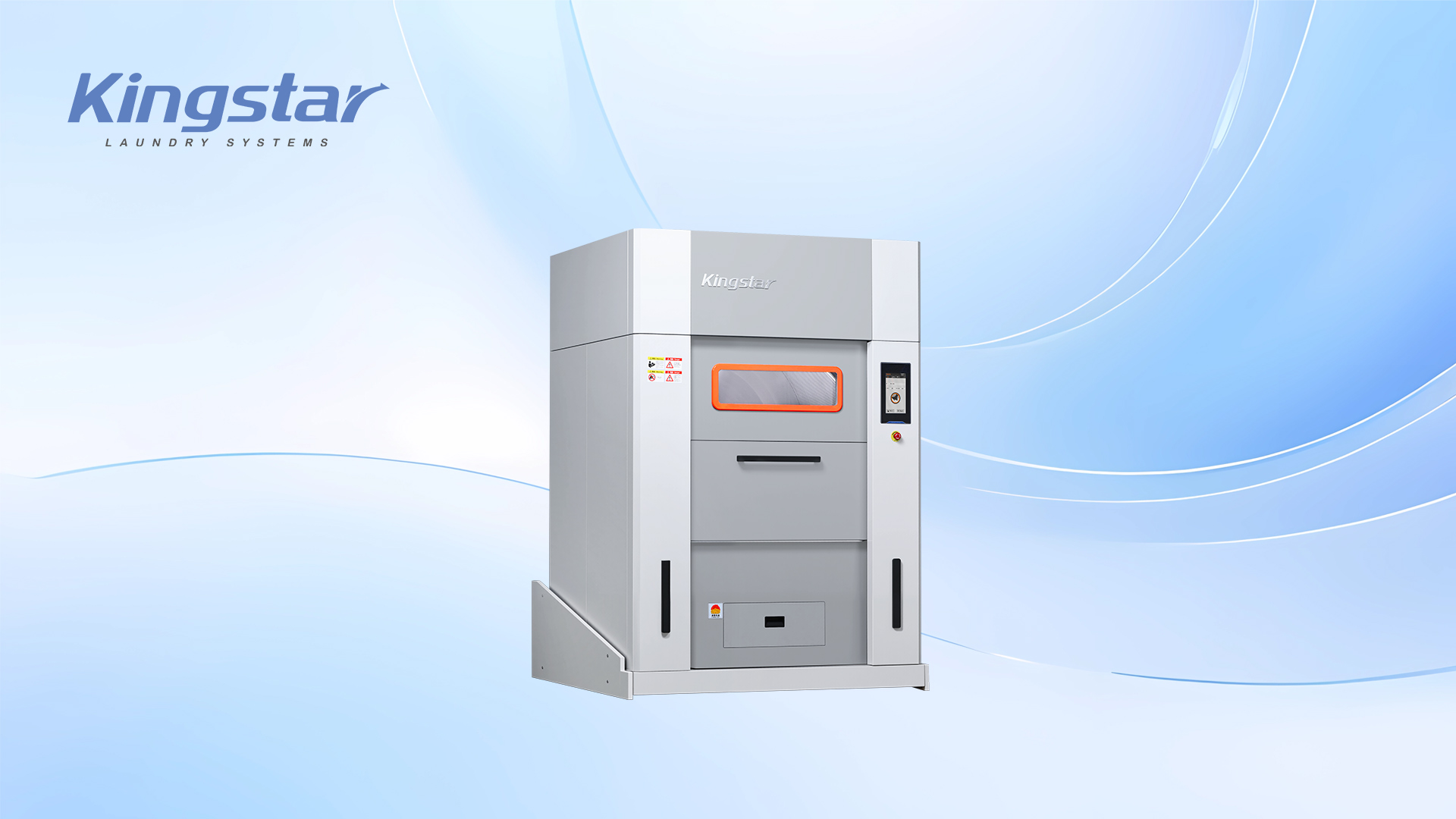
Improved Material Loading and Unloading
One of the advantages of industrial forward tilting dryers is the simplified loading and unloading process. Operators can tilt the drum forward to remove dried materials without requiring additional equipment or complex procedures. This reduces downtime between batches and improves overall workflow efficiency. In contrast, vertical dryers often require materials to be lifted to the top of the chamber for loading and removed from the bottom, which may involve extra handling equipment or manual effort. The forward tilting design helps reduce strain on operators and minimizes the risk of spillage or damage to materials.
Enhanced Drying Uniformity
The horizontal orientation of a forward tilting dryer promotes better mixing and circulation of materials during the drying process. The forward tilting motion, combined with drum rotation, allows materials to tumble evenly, exposing all surfaces to heat and airflow. This improves drying uniformity and reduces the likelihood of partially dried sections. Vertical dryers rely on gravity-driven movement, which may result in uneven drying if materials settle in certain areas or if airflow distribution is inconsistent. Uniform drying is particularly important for sensitive industrial products where quality and consistency are critical.
Energy Efficiency and Heat Distribution
Forward tilting dryers can offer energy efficiency advantages due to optimized heat distribution. The horizontal drum and controlled rotation allow heat to reach materials more evenly, potentially reducing overall drying time and energy consumption. In addition, forward tilting dryers can be designed with adjustable tilt angles to optimize airflow and heat contact for different types of materials. Vertical dryers, while effective in certain applications, may require more energy to achieve consistent drying throughout the chamber, especially for densely packed or heavy materials. Improved heat transfer in forward tilting dryers can result in reduced operational costs over time.
Maintenance and Accessibility
Maintenance of industrial dryers is an important factor in operational continuity. Forward tilting dryers provide easier access to internal components for cleaning, inspection, and maintenance. Tilting the drum forward exposes areas such as heating elements, fans, and internal surfaces, allowing operators to perform maintenance tasks without extensive disassembly. Vertical dryers may require disassembling the chamber or using lifting equipment to reach certain parts, which can increase maintenance time and costs. Enhanced accessibility in forward tilting dryers contributes to prolonged equipment life and reduced downtime.
Capacity and Batch Handling
Forward tilting dryers often support larger batch capacities due to their horizontal configuration. The drum can be designed with greater volume, allowing for increased material throughput in a single cycle. This is beneficial for industrial settings where high-volume processing is required. Vertical dryers may be limited in capacity due to height and gravity-driven constraints, which can necessitate multiple cycles or smaller batch sizes. Larger capacity in forward tilting dryers helps improve production efficiency and reduces labor requirements per unit of material processed.
Forward Tilting vs Vertical Dryers
The following table compares key features and advantages of industrial forward tilting dryers with vertical dryers.
|
Feature |
Forward Tilting Dryer |
Vertical Dryer |
|
Loading/Unloading |
Forward tilting allows easy access |
Materials must be loaded from the top and removed from the bottom |
|
Drying Uniformity |
Enhanced by tumbling and rotation |
Relies on gravity, may have uneven drying |
|
Energy Efficiency |
Optimized heat distribution reduces energy use |
May require more energy for consistent drying |
|
Maintenance |
Accessible components via forward tilt |
Limited accessibility, may need partial disassembly |
|
Batch Capacity |
Larger due to horizontal drum design |
Limited by chamber height and gravity |
|
Operational Flexibility |
Adjustable tilt and rotation for various materials |
Less flexibility in handling different material types |
Operational Flexibility
The forward tilting dryer’s ability to adjust tilt angles and rotation speed allows operators to tailor the drying process for different materials. This flexibility supports varying drying requirements, such as sensitive chemicals, powders, or granular materials. Operators can modify the angle or rotation rate to optimize airflow and contact with heated surfaces, achieving desired moisture content efficiently. Vertical dryers generally provide fewer adjustable parameters, which may limit their versatility in processing materials with differing physical or thermal properties.
Safety Considerations
Safety is an important consideration in industrial drying operations. Forward tilting dryers reduce the risk of operator injury during loading and unloading due to their ergonomic design. The controlled tilting motion minimizes manual lifting and awkward handling positions. Additionally, horizontal orientation allows better visual monitoring of the drying process, helping operators detect potential issues early. Vertical dryers may present higher risk during material handling because of lifting requirements and limited visibility of the chamber interior.
Durability and Longevity
The mechanical design of forward tilting dryers often emphasizes durability, with reinforced frames and tilting mechanisms engineered to handle heavy loads over long-term operation. Properly maintained, these dryers can sustain frequent cycling without significant wear to moving parts. The horizontal drum reduces uneven stress distribution that can occur in vertical dryers, contributing to longer service life. This structural advantage, combined with ease of maintenance, ensures reliable operation in industrial environments where consistent performance is required.
Integration with Industrial Systems
Forward tilting dryers can be integrated efficiently with other industrial equipment, such as conveyors, feeders, and automated loading systems. The accessible drum design facilitates smooth material transfer between processes, reducing handling time and potential contamination. Vertical dryers may require additional elevation or transfer equipment to achieve the same integration, potentially increasing complexity and operational costs. Industrial forward tilting dryers provide streamlined integration with existing production lines, supporting high-efficiency workflow.
Operational and Safety Advantages
This table highlights additional operational and safety advantages of forward tilting dryers over vertical dryers.
|
Aspect |
Forward Tilting Dryer |
Vertical Dryer |
|
Ergonomics |
Reduced manual lifting and strain |
Requires elevated handling and more physical effort |
|
Process Monitoring |
Better visibility of drum contents |
Limited view of interior chamber |
|
Integration with Automation |
Smoother transfer to conveyors and feeders |
May require additional equipment for material transfer |
|
Stress Distribution |
Even distribution across horizontal drum |
Potential uneven stress in vertical column |
|
Operator Safety |
Lower risk of injury during loading/unloading |
Higher risk due to lifting and positioning |
Maintenance and Operational Best Practices
To maximize the advantages of industrial forward tilting dryers, regular maintenance is essential. Cleaning the drum, checking tilting mechanisms, and inspecting bearings and seals prevent operational interruptions. Monitoring drum alignment and rotation ensures uniform drying performance. Training operators on proper handling, tilt operation, and safety protocols helps maintain consistent efficiency and reduces the risk of accidents. Implementing structured maintenance schedules and operational guidelines preserves the durability and productivity of forward tilting dryers over time.
ADD:No.388 Xinggang Road, Chongchuan District, Nantong City, 226000, Jiangsu Province, China.
-
Phone: +86-13917089379
-
Tel:+86-13917089379
-
Fax:+86-0513-85663366
-
E-mail:[email protected]
